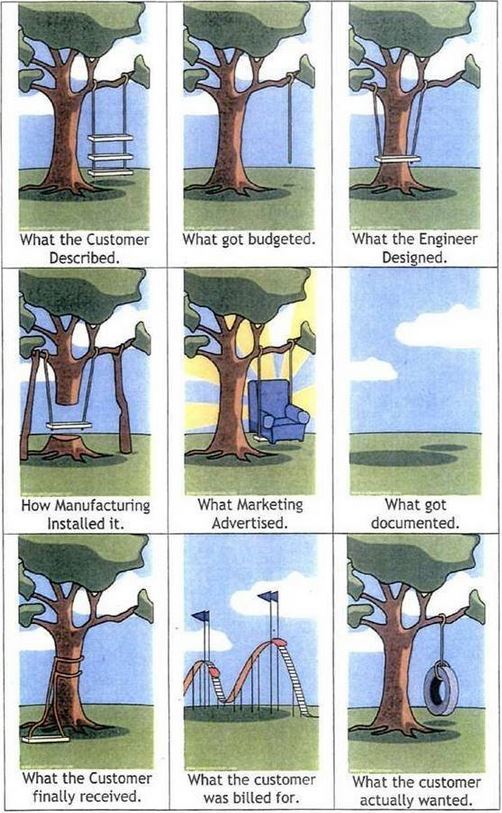The number one worry our colleagues express today is this: “I need to understand my customer better, but it’s getting harder, not easier.” Why is that true for so many business development professionals?
Here are our thoughts:
- Customers are less loyal and far less trusting than they used to be. This is especially true in industries whose reputations suffered during the financial crisis—including banking, pharmaceuticals, energy, airlines and media. But even if you’re in an unrelated industry, you’re likely to feel some of the same effect.
- Consumers have more power than ever before, thanks to social media, easy on-line comparison-shopping, and a proliferation of choices.
- Customer diversity continues to increase, putting a premium on micro-segmentation and deep customer insight.
- By increasing the noise-to-data ratio, the data deluge occasioned by the Internet can actually make it harder to understand your customers.
- Economic uncertainty and data overload confuse customers as well, making them less interested in products than in flexible, adaptive solutions.
To get close to this more demanding client, you really need to get inside his or her head. Here are five ways to do that:
- Stand in your customer’s shoes. Look beyond your core business and understand your customer’s full range of choices, as well as his or her ecosystem of suppliers, partners etc.–of which you may be part. This exercise will also deepen your understanding of competitors and help you better anticipate their moves.
- Staple yourself to a customer’s order. Track key customers’ experiences as they traverse your company’s pathways and note where the experience breaks down. Some hospitals ask interns to experience the check-in process as fake patients. One client asked managers to listen in on its call center. If you can’t exactly put yourself through a customer experience, try role-playing exercises at all points of the customer’s experience with your company.
- Field diverse customer teams. One bank added members of the back-office support group to its customer team, supplementing the usual customer-facing roles. IBM sends senior teams from different disciplines into the field to meet customers and develop a deep understanding of how to serve them better.
- Learn together with customers. GE invited its top customers in China, along with local executives and account managers, to a seminar on leadership and innovation. Doing so not only helped GE executives better understand the mindset of Chinese counterparts; it also helped them to influence that mindset.
- Lean forward and anticipate. Focus on what customers will want tomorrow, as Steve Jobs and Richard Branson did so exquisitely. Try to envision different futures through tools like scenario planning and then explore how underlying market shifts may affect your customers.
Remember that sometimes you need to get out of your own way to really understand your customers. Psychologists know, for example, that you’re likely to listen for problems that fit your own offerings, and to discount others. That can cause you to miss important opportunities, or to get blindsided later.
So, try to listen with a third ear, as an anthropologist would, to what your customers are saying to you. If you can truly hear them, they’ll tell you all you need to know.


